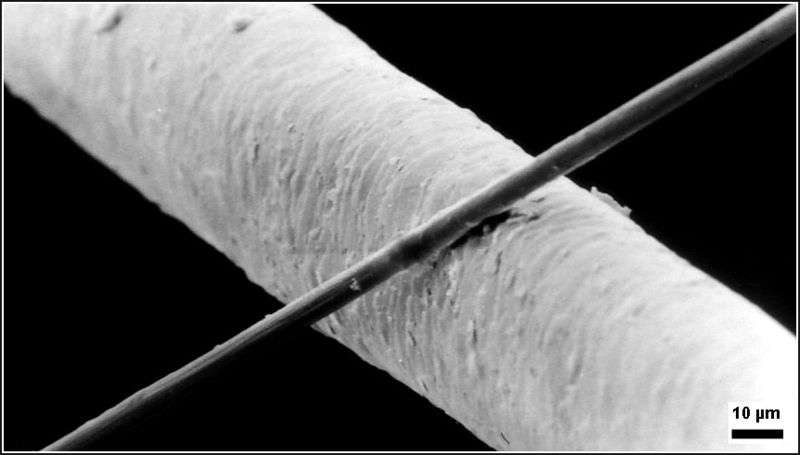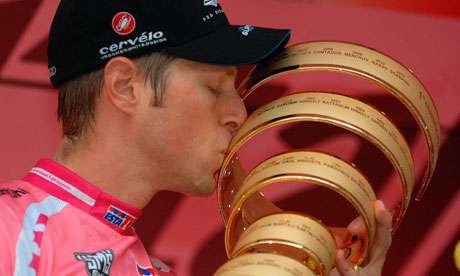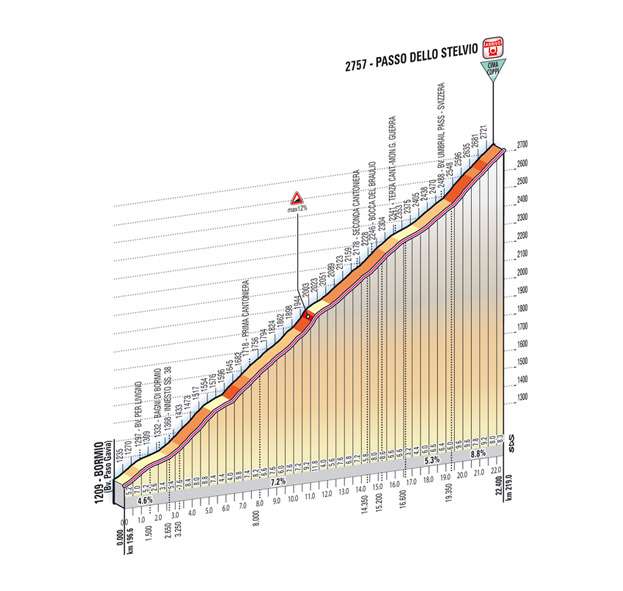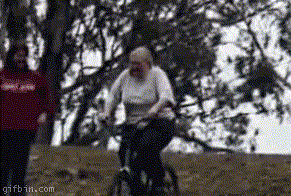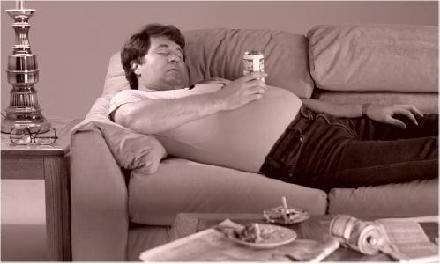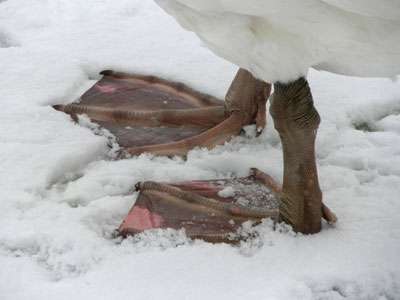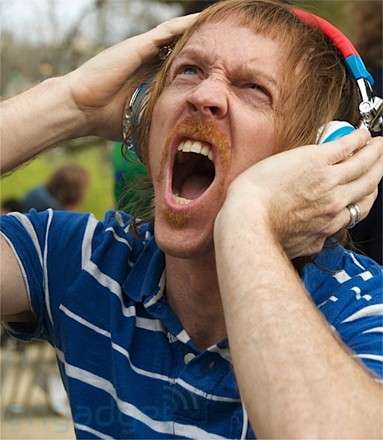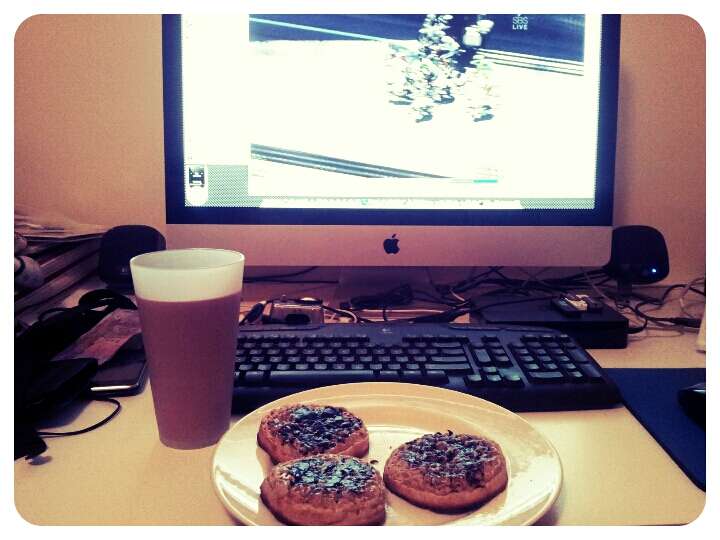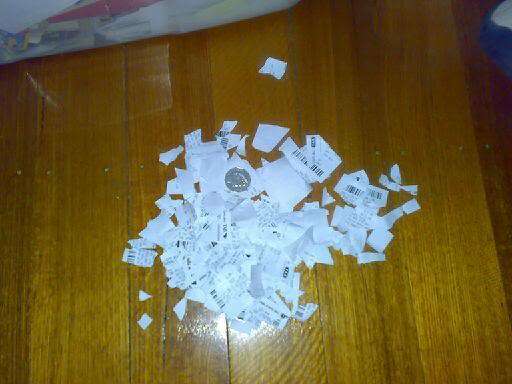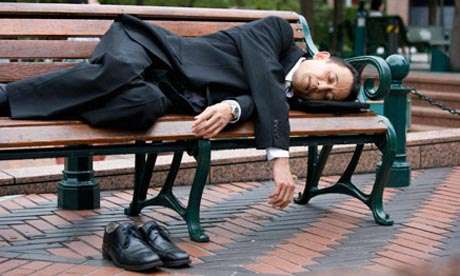May, 2012. The Giro d’Italia and Tour of California are both being raced. The riders are going into oxygen deprivation on the long climbs. The Aussie viewers like myself are slipping into sleep deprivation. And yet, it seems every time I turn on SBS, Mike Tomalaris is on duty hosting the coverage. Justin Barrie summed it up with this Tweet.
I asked Mike, via Twitter, if he would mind doing an interview to give us a behind the scenes look at how he manages and what goes into bringing us the fantastic coverage, and he agreed.
———————————————–
NPC – Firstly Mike, thank you very much for your time. Going off the shows recorded on my computer at home, this was your time line over the weekend, starting Saturday morning.
Sat May 19 07:00 – 09:05 Live coverage stage 6 Tour of California
Sat May 19 18:00 – 18:30 Giro d’Italia Stage 13 highlights (pre recorded I assume)
Sat May 19 23:10 – 02:00 Live coverage stage 14 Giro d’Italia
Sun May 20 07:00 – 09:00 Live coverage stage 7 Tour of California
Sun May 20 17:00 – 18:00 Cycling Central (pre recorded)
Sun May 20 18:00 – 18:30 Giro d’Italia Stage 14 highlights
Sun May 20 23:10 – 02:00 Live coverage stage 15 Giro d’Italia
Mon May 21 03:00 – 05:00 Live coverage stage 8 Tour of California
13 hours and 45 mins of air time. Now I realise you aren’t on screen all that time, but I imagine you are still working hard taking notes, Tweeting and analysing the races. How did you manage it all?
MT – When you have a passion for TV and cycling it’s not difficult to squeeze it all in no matter the length of time or the hours of the day. The time differences between Australia and California and Italy (for the Giro) ensures some long nights but that’s just the way it is and the SBS team is committed. Lucky for me as soon as I see lay my head down on a pillow after a long overnight session, I’m normally fall sound asleep in seconds.
NPC – Can you give us an idea what is happening behind the scenes before you go to air? How long prior to the On Air sign lighting up do you get to the studios?
MT – The team of Scott Sunderland, Matt Keenan, Scott McGrory, my producer Stuart Randall and myself usually arrive into the SBS offices at Artarmon at around 7pm, while the production crew consisting of camera operators, floor managers, make-up artist, directors etc arrive at 8pm. If I’m rostered to present the sport segment in World News Australia (as is normally the case on Friday and Saturday) I arrive ay 6pm. We use the hours before air-time tossing around discussion points and “surf the net” for the latest news and updates.
NPC – You had two very different experts working with you in Scott Sunderland, for the Giro, and Henk Vogels for the Tour of California, do they get involved in the production of the coverage? Does it make a difference to you who you work with be it in the studio or outside broadcast?
MT – I’ve observed that both are very different when it comes to performing the skill of “analyst”. Scott tends to do most of his research at his hotel before arriving to the SBS studios while Henk plonks himself in front of a computer when arriving and accumulates as much information as possible. In terms of being involved in production that is not necessary for broadcasts that are done from Sydney studio as the network simply takes the live feed from the host broadcaster (USA and Italy in this case.) However when we are on location, the on-air talent such as David McKenzie and Kate Bates (as will be the case at this year’s Tour de France) are heavily involved producing small video packages that may include riders and teams or they may be asked to do a a “piece to camera.”

Mike Tomalaris and Scott Sunderland 2012 Giro d"italia
NPC – Can you tell us what is actually happening in the studio when the live pictures are being shown? There seemed to be a hairy moment, I think it was Saturday night or Sunday morning when the feed dropped out. Do you need to stay at the desk for the length of the show?
MT – Trick or “hairy moments” are rare but when they happen we’re ready for the worst. Scott and I tend to stay bolted to our chairs at the studio desk watching the feed from a large screen while Henk tends to move a round a little to stretch his legs. We all get on very well and crack some jokes or poke fun at an image that may take our fancy. There’s a lot of fun and games the viewer doesn’t get to see.
NPC – Is there any communications between the commentary team of Matthew Keenan and Scott McGrory? I know you told me over the weekend they are behind a brick wall, but is there any banter during ad breaks?
MT – Not banter at all. Scott and Matt are perched in a small and dark booth, the size of a phone box calling the race from a small monitor. We don’t see either of them until they emerge from the commentary position after each race. We tend tend to meet in “green room” and review what we’ve just seen.
NPC – Having read Ned Boulting’s terrific book, “How I Won the Yellow Jumper: Dispatches from the Tour de France”, spending a month in France in July is a bit more work than most people realise. Can you tell us how many people from SBS go to France, and how long does it take to plan a production like that?
MT – The team from SBS Australia that travels to cover the Tour de France is very small compared to the other foreign TV networks on location. In 2012, the number that will make-up the SBS team will total eight. Doesn’t sound like much (and it isn’t) but it’s a 200% increase from the first years I covered Le Tour during the 1990s. Yet, it but pales into insignificance when comparing to Versus (USA) – 70 staff, Belgium TV – 30 staff, France TV (host broadcasters) – 500 staff. Mind you apart from the crew of eight from SBS in France, there is a dozen or so more working through the night behind the scenes from the Sydney studio.
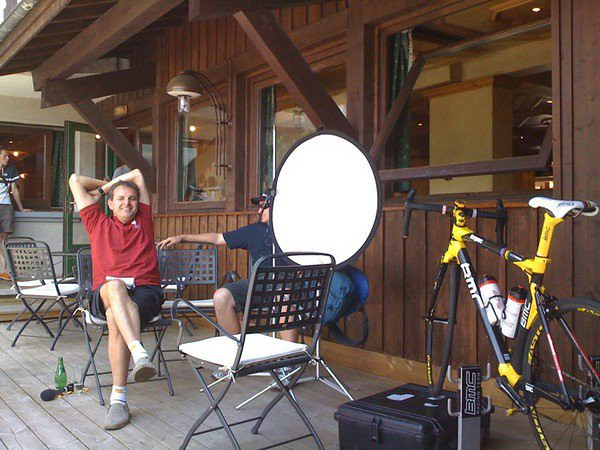
Behind the scenes with Tomo
NPC – There must be times, especially in France, when something happens on air that gives you a giggle. I am thinking of TanMan flicking everyone the bird last year with his microphone technique. Have you ever come close to losing it on camera?
MT – I didn’t realise TanMan was “flicking the bird” until it was brought to our attention after the stage. I have come to “losing it” on camera many times but that only tends to happen in the relative quietness of a studio especially when a camera operator may have told a joke seconds before going on air. It’s a different scenario and environment when we’re on location in France and the adrenaline of what is happening around you dominates. Although I always make it a point to cater for our audience watching from home, at Le Tour you tend to be oblivious to any situations that may be happening around you, except for the bike race itself.
NPC – Away from the studio, how often do you get to ride your bike and can you tell us what sort of bike it is? I have a vague recollection that it is a carbon fibre Colnago.
MT – I still have the Colnago I bought in 2003. I love it although it may be time to get a new one as I’m constantly being ribbed by my clubbie mates who pay me out. I’m thinking of upgrading sometime this year although I like the look of the Argon also.
NPC – Thanks Mike for giving me a piece of your time and giving the cycling fans a bit of an insight into what goes on behind the scenes. Also for your and SBS’s great work over the past 20 years in promoting cycling on TV. Cycling fans like myself really appreciate it.
MT – No problem Norbs. Always to help loyal viewers like yourself who have enjoyed the ride with us. We are very fortunate to have a management who believes in world cycling whether it’s the Tour de France or other events such as Paris-Roubaix, Giro d’Italia, the Tour of California.


